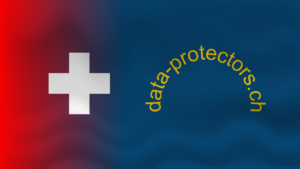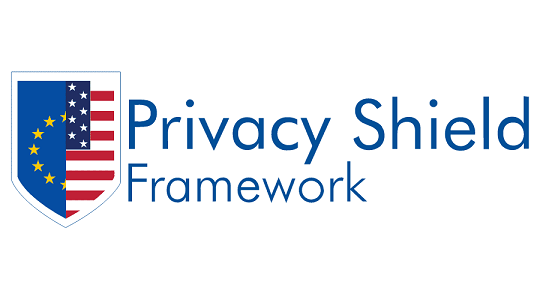The EU’s AI Act: What does it mean for Switzerland?
The enormous impact that AI is already having on various areas of our lives has prompted the European Union (EU) to implement a legal framework to regulate artificial intelligence more closely. There is a consensus in Brussels that it is essential to develop a clear and comprehensive strategy to harness the potential of AI while ensuring that any use of AI is in line with the EU’s ethical principles and fundamental values.
The AI Act was adopted in December 2023. There will now be a two-year implementation phase before the law is applied. During this transition phase, the EU Commission envisages voluntary compliance with the AI Act on the part of companies. The new rules will become final and legally binding in 2026 at the earliest.
The approved AI Act marks a significant milestone in the global regulation of artificial intelligence. It makes Europe the first continent to clearly regulate the use of AI. The proposed AI regulation aims to ensure that Europeans can trust what AI produces and guarantees that AI systems will not harm us humans. The existing fundamental rights and values of the Union should be safeguarded and the effective enforcement of applicable law strengthened.
But what does this mean for Switzerland and the FADP?
Overall, it is likely that the EU’s AI Act will also encourage the Swiss legislature to rethink and adapt its own regulations and strategies in the field of AI in order to facilitate cooperation with EU member states. However, the exact impact will depend on the specific agreements and implementation mechanisms negotiated between Switzerland and the EU.
One area that will be affected is trade and market regulation. The AI Act introduces new regulations and standards for AI applications. If Switzerland wants to maintain its intensive trade relations with the EU and sell AI services and products on the EU market, it will have to fulfil the requirements and provisions of the AI Act. Many Swiss companies that develop or offer AI technologies could therefore be affected in the future.
Data protection legislation will also be affected. The AI Act lays down rules for the exchange of data used for the operation of AI systems. If Switzerland wishes to exchange data with EU member states, the data protection and data security requirements of the AI Act may have to be met. This may have an impact on companies and organisations that work with data across borders.
The AI Act also creates uniform standards for the use of AI technologies. Switzerland could participate in these efforts and benefit from the joint development of standards and best practices. This would improve the interoperability of AI systems and promote the exchange of expertise and experience. In addition, the AI Act will probably have an international scope in general. It sets unique standards for dealing with AI and can serve as a model for other countries and regions. Switzerland, which is very advanced in terms of research and development of AI systems, can benefit from this global trend and strengthen its position as a centre of innovation.
In the middle of the year, the Social Democratic parliamentary group in Switzerland had already called on the Federal Council to lay the foundations for a law that is essentially similar to the AI Act or is as compatible as possible with it. In a statement, the Federal Council announced that it was closely monitoring the development of the AI Act and was basically pursuing a similar digitalisation policy to that of the EU. This also means that the aim is to create an AI Act that harmonises as well as possible with European legislation. Nevertheless, the final result in the EU must be awaited first. As this is now available, it can be assumed that the Swiss Federal Council will also soon take action.
In conclusion, it can be said that the EU’s AI Act will affect Switzerland in various areas, particularly with regard to trade, data exchange, cooperation and international standards. However, the exact impact will depend on the implementation and interpretation of the AI Act by Swiss policymakers, and it will be important to closely monitor developments in this area.
Source: German-Swiss Chamber of Commerce / Beat Singenberger








